Village Hall, White Street, Martham
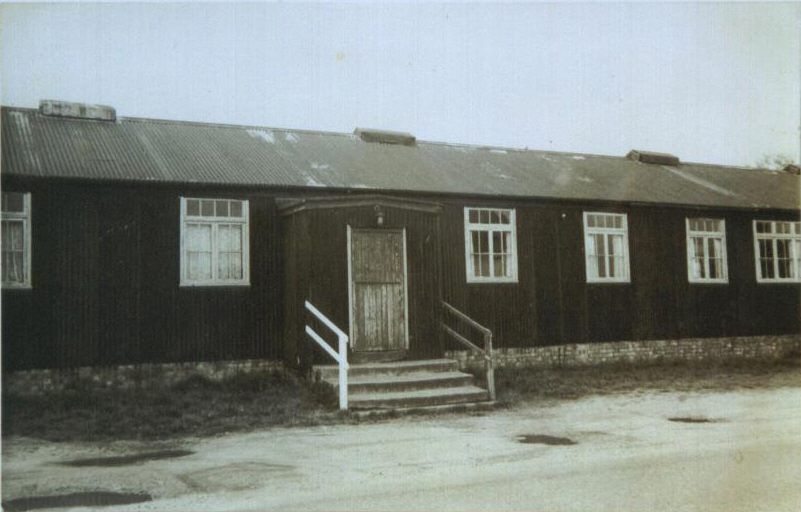
Never before in the history of Britain had there been such terrible loss of life than in the First World War and even before it had finished a yearning grew across the nation to commemorate those who had fought and died in the conflict. Like many other communities Martham rose to the calls and only two days after the Armistice of 11th November 1918 the Parish Council decided to hold a public consultation to consider how the village could commemorate those who had lost their lives during the war.
The public meeting took place only seven days later at the First School and the favourite, very ambitious, suggestion was to provide a commemorative Memorial Institute with sufficient land for a bowling green and playing field for recreation purposes plus a Memorial in the Churchyard. The Parish Council led the project by forming a special committee that also enlisted the help of the Vicar, Rev. Herbert Webster and several leading local businessmen. Several meetings were held and many of those involved gave monetary donations but the most generous was the gift of a large plot of land next to the Baptist Church by the then Lord of the Manor William Bracey. In those days it seems that almost all the money raised was from businessmen rather than large-scale fund-raising events and sponsorship type of fund raising did not exist. Within two months over £642 had been raised and an architect was employed to produce an outline design for the hall. He was Mr Hewitt of Great Yarmouth who reported back in January 1919 that what the Committee had in mind would cost at least £1,100.
The plan submitted by Mr Hewitt may have fallen through because the new hall was opened to a fanfare and celebrations on 29th September 1920 but consisted of two large ex-army huts from Covehithe. The reported cost was nevertheless £1,550 plus a further £200 for furnishings paid for from fund raising and loans according to the local newspaper. The hall was opened by Col. Algernon Cecil Dawson C.B.E. who was the grandson of Rev. George Pearse who had been the Vicar at St Mary’s from 1834 to 1876.
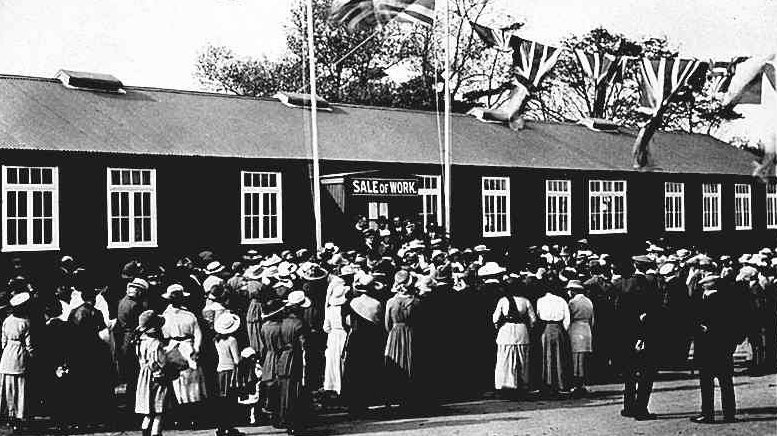
The new hall was 145 ft. long with a substantial extension 34 ft long. There was a central room 70ft X 20ft for public meetings, plus a generous corridor leading to two more rooms 24ft x 20ft which were used for billiards. In addition, there was a small room for meetings and a kitchen and toilets. At the rear the bowling green was built as planned and there was still space for a playing field at the rear. At the opening Mr Herbert Wilson Jeary, the chairman of the organizing committee, said he felt it was a fitting tribute to the men who had fought and died in the Great War.
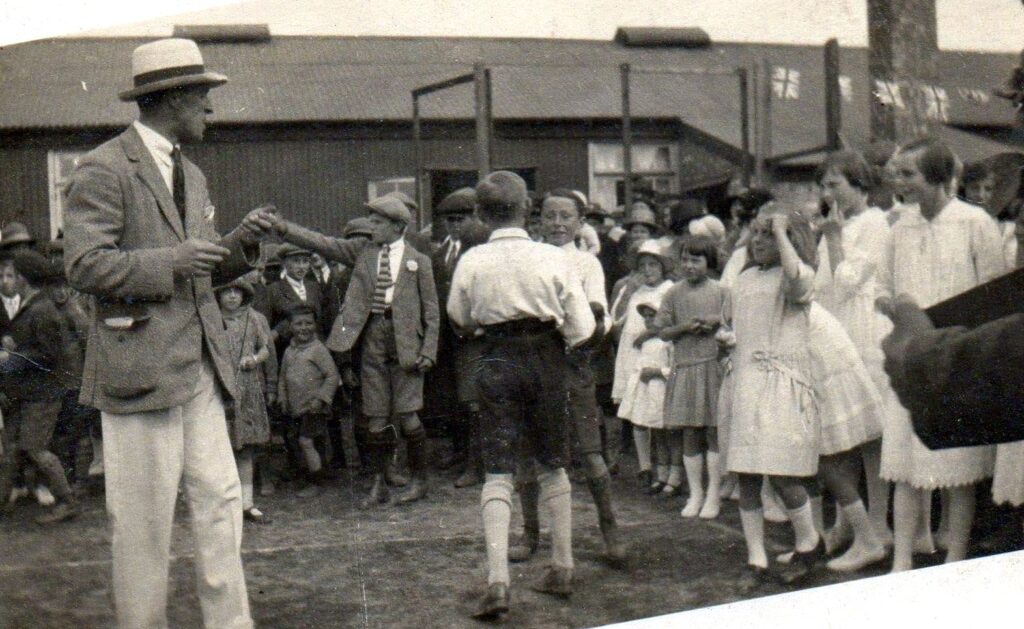
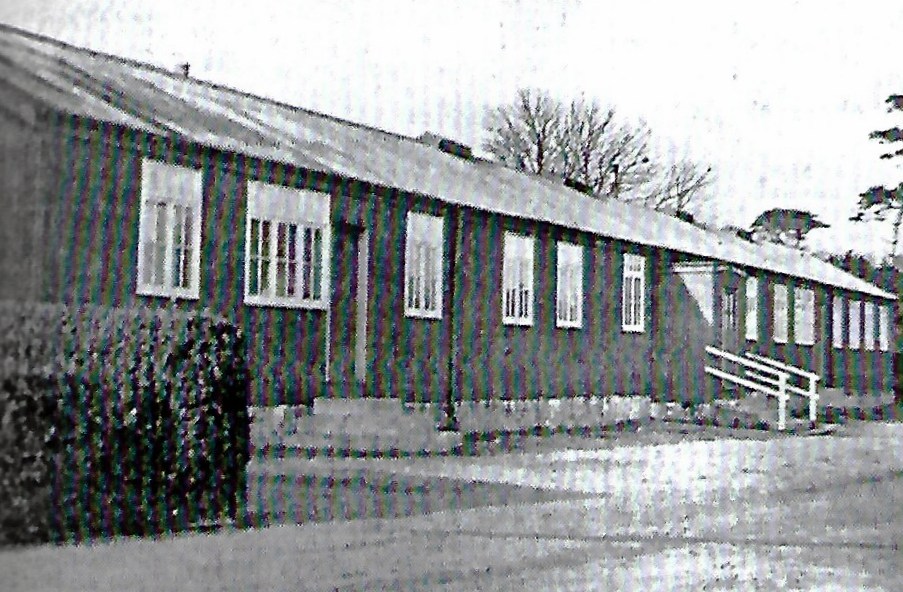
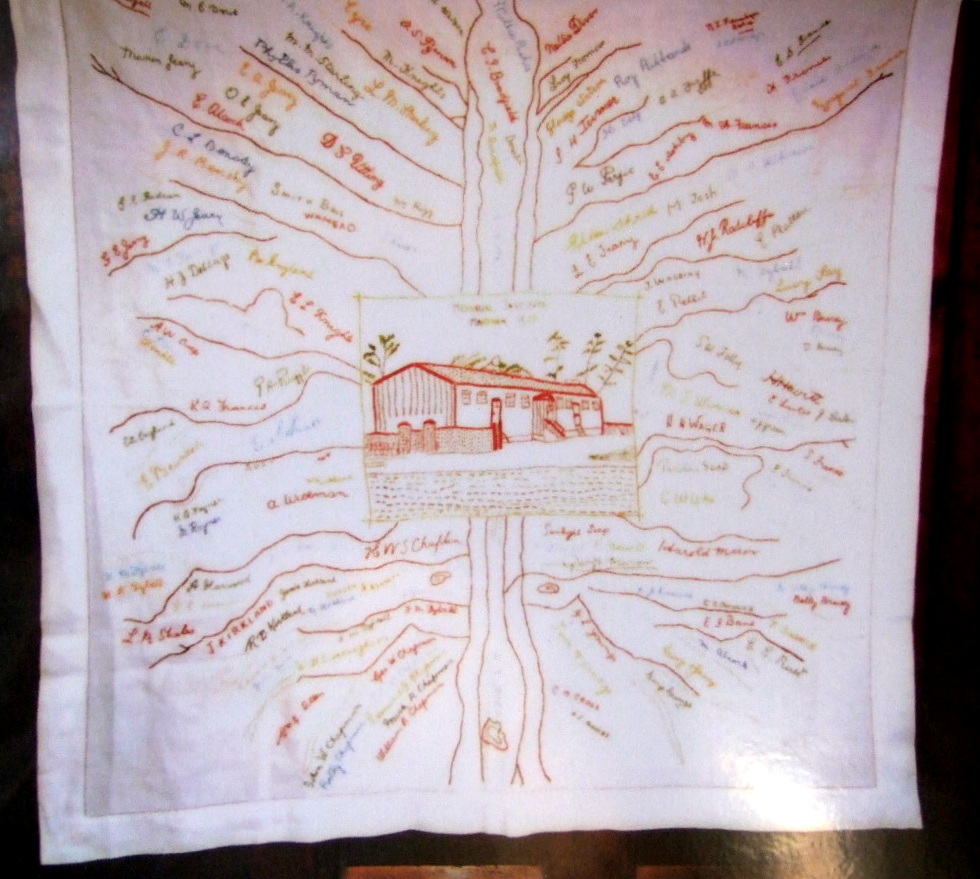
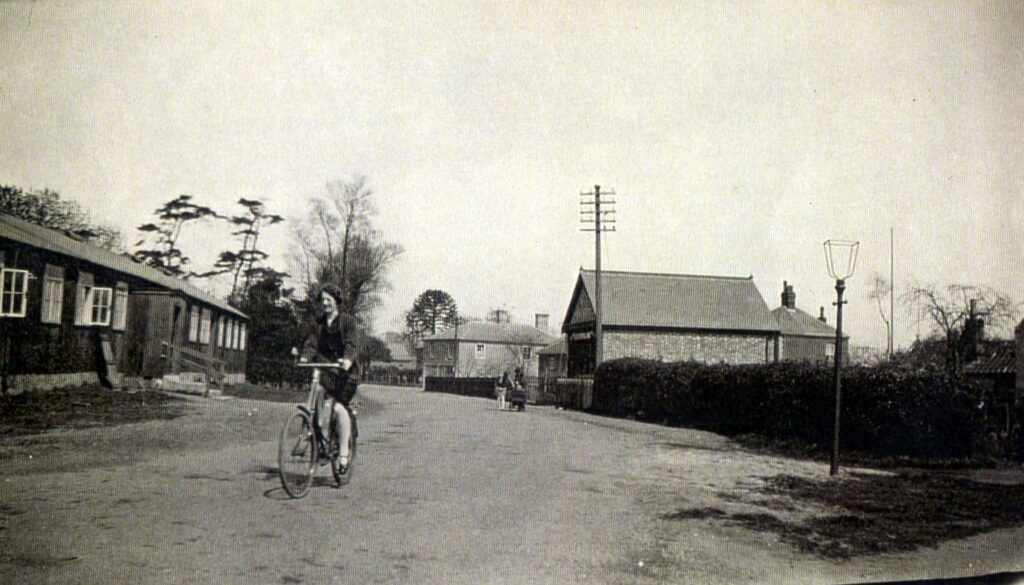
Reminiscence
I recommend the book “Growing up in Norfolk 1940-1960” by Barry Miller whose has the following memory of the Martham Institute:
“One of the most popular whist drives in our area was the Christmas Drive at Martham Institute, a long low, wooden building near to the Green. Most of the prizes were donated, but at the Martham Christmas Drive the donations were very generous, the winner usually receiving a turkey. There was always a draw with many prizes – few of the hundred or more players went home with nothing.” He went on:
“Many of the Institutes held monthly film shows and I regularly attended performances at Martham. Films shows at the Martham Institute were held on a Thursday evening, when my brother and I would walk the 1 ½ miles from Rollesby in winter and summer, rain or shine, to join an excited audience waiting for the show to begin. At one end of the function room, nearest the door, was the projector, at the other a square white screen, and in between were about twenty rows of chairs with a central gangway. The front rows were reserved for the very young who fidgeted and shouted out incessantly throughout the performance, occasionally silenced by a reprimand from their parents sitting behind them. The middle rows were usually designated for adults and the back two rows were filled with courting couples waiting for the lights to go out. The show began with cartoons, which were greeted with cheers and laughter, followed by the main film which usually ran for 1 ½ hours, provided that the film did not break or the projector bulb fuse. Both happened with some regularity and, consequently, the performance normally overran its allotted time.”
Facebook Reminiscences:
Sheila Knowles: (in August 2021).
I remember Bernard Brunson; he was in the same class as me at school. His grannie was Nelly Brunson who used to be in charge of the old Martham Institute many years ago. Can you remember that? I love reminiscing about the olden days.
Bertie Murrell:
Yes, I can remember Nellie Brunson when she was at the Institute, us boys used to try and get in what they called the bar, there was no alcohol just crisps and soft drinks. We were too young to be there. There was a dart board and also the two billiard rooms. She lived on Repps Road at one time next to Sidney Gowen the Butcher.
Sheila Knowles:
Yes Bertie that’s right, there was only certain men allowed in one of the billiard rooms. What about when the man came on a Thursday evening showing films. Mrs. Brunson was very strict, weren’t she? I can see her in my mind now and a chap called Bob Myhill helped her. She was strict but could be nice.
Bertie Murrell:
Yes, I remember him, his surname was Brooks can’t for the life of me remember his forename. He would set the film going then sometimes go down the Kings Arms for a drink that was ok till something went wrong and someone had to go and find him. Nellie was strict; after her Tom Allcock and Bob Myhill ran it.
New Village Hall
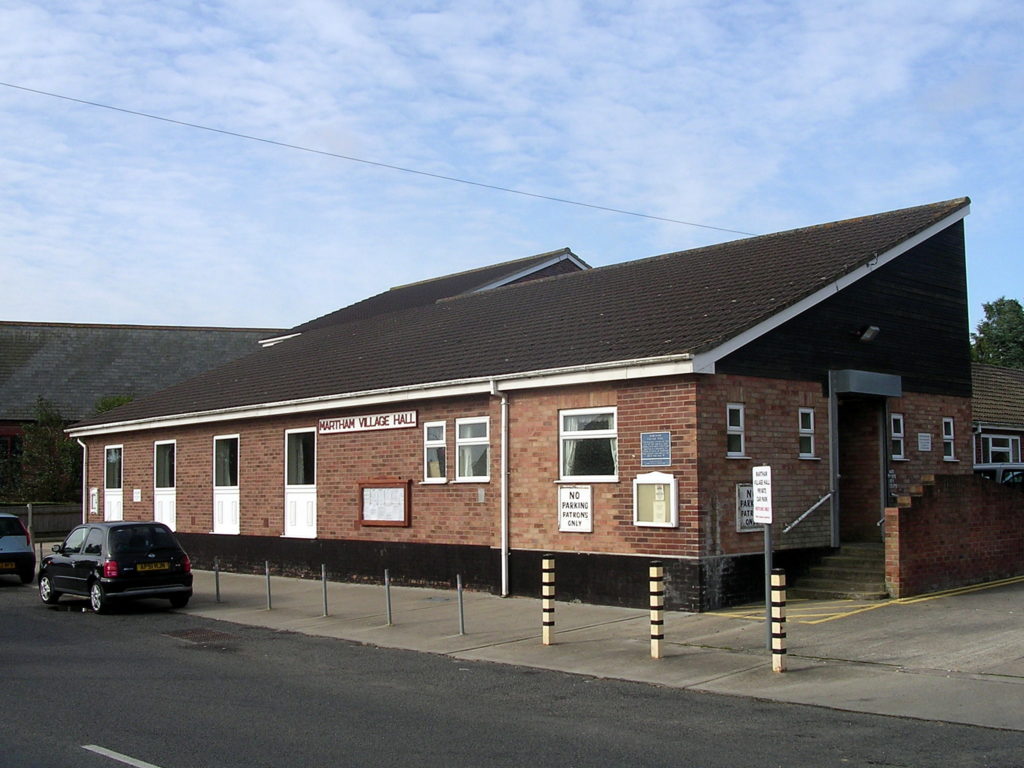
The old war-time huts used for the Village Institute were never going to last forever but did well to continue for about 50 years. The building steadily deteriorated but a new one was planned partly paid for by the sale of the bowling green and playing field on which three bungalows were built. By then a new, much larger, playing field had been provided in Rollesby Road so the land was surplus to the original needs. The Institute was demolished, and a new hall erected on the same site. It was opened by Dr. Rochford in 1977 to commemorate the Queen’s Silver Jubilee. It again had a frontage facing White Street. Quickly used by a wide range of clubs and societies a second hall was soon needed and an extension with new toilets and a kitchen was added at the back of the building in 1979/80 built by Barry Miller.


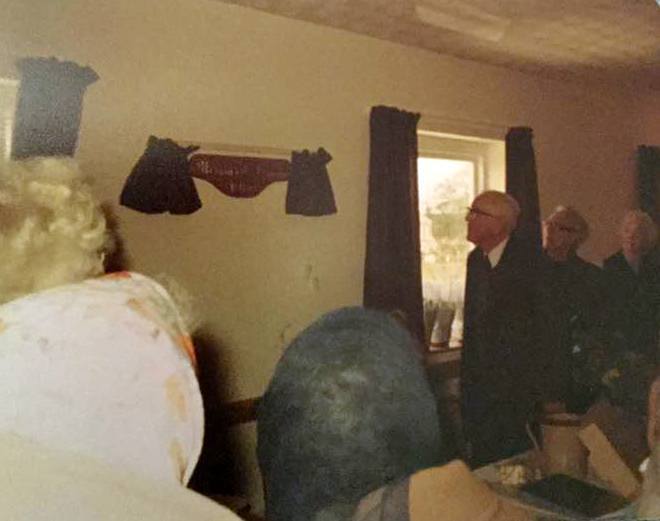
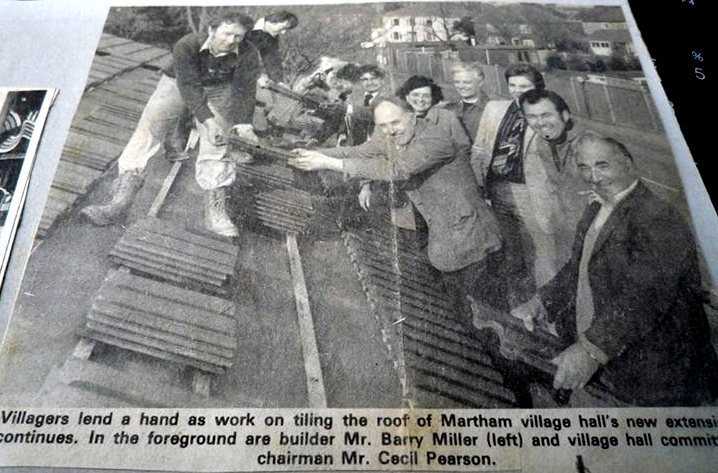
The article below appeared in the local newspaper reporting on the opening of the Memorial Institute Hall in 1920.
